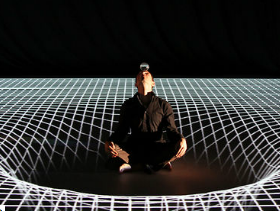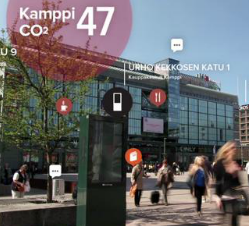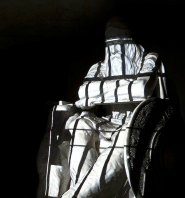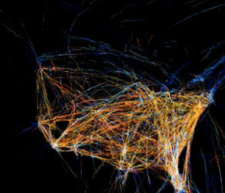As ever more displays find their way into urban spaces, it becomes clear that there ought to be better ways of putting urban displays to use than just replicating content and interaction forms from past interfaces. These displays – which go under headings such as urban screens, media façades, media architecture, etc. – can be said to form a new medium, and as such they prompt interaction designers, content providers, and even decision makers to reconsider their practices and preconceptions.
In addition to exploring how individual digital displays function in the city, one of the major challenges is to consider how such displays can be part of a larger assembly of interweaving technologies. A few weeks ago, Nordkapp and Urbanscale presented Urbanflow, a so-called operating system for cities. In brief, Urbanflow envisions how interconnected urban displays may be put to use so that they may be more meaningful and valuable to inhabitants and visitors. The core functions of the system are journey planning and wayfinding, service discovery, ambient data, and citizen feedback.
Urbanscale has an extensive post outlining the underlying principles of the scenario, which to me stands as the most coherent vision of situated urban displays so far. For the past four years, we have been carrying out a number of experiments in the same vein in the Center for Digital Urban Living, e.g. Climate on the Wall, in which we explored public discussions in public spaces, Aarhus by Light, in which we explored the transformation of social behaviour in a transitional space, and the Danish Pavilion at Expo 2010 in Shanghai, which explored the entire façade as display. However, these installations can all be seen as stand-alone experiments to the extent that they are installations with individual modes of interaction drawing on more or less prefixed content.
Looking at Urbanflow, I am particularly fascinated with how the scenario considers a) how displays may actually be useful and meaningful in their context (which is sadly not always the case with urban displays), and b) how the displays are integrated into the larger ecology of digital technologies and services in the city. In my experiences this integration is probably also the most complex challenge to address in practice. It remains to be seen if and how the vision can be realized, but the conceptual groundwork is certainly there.



